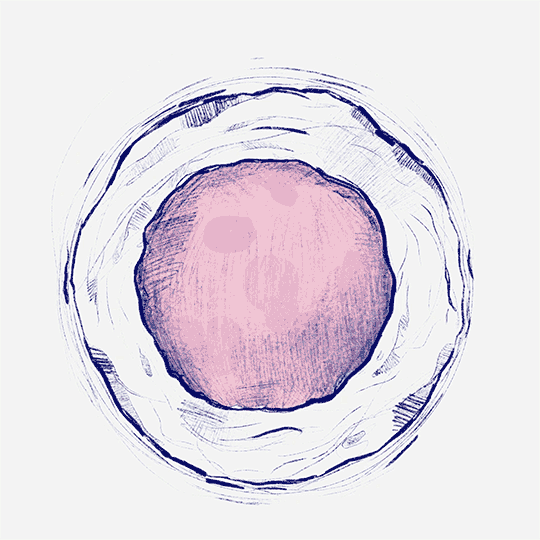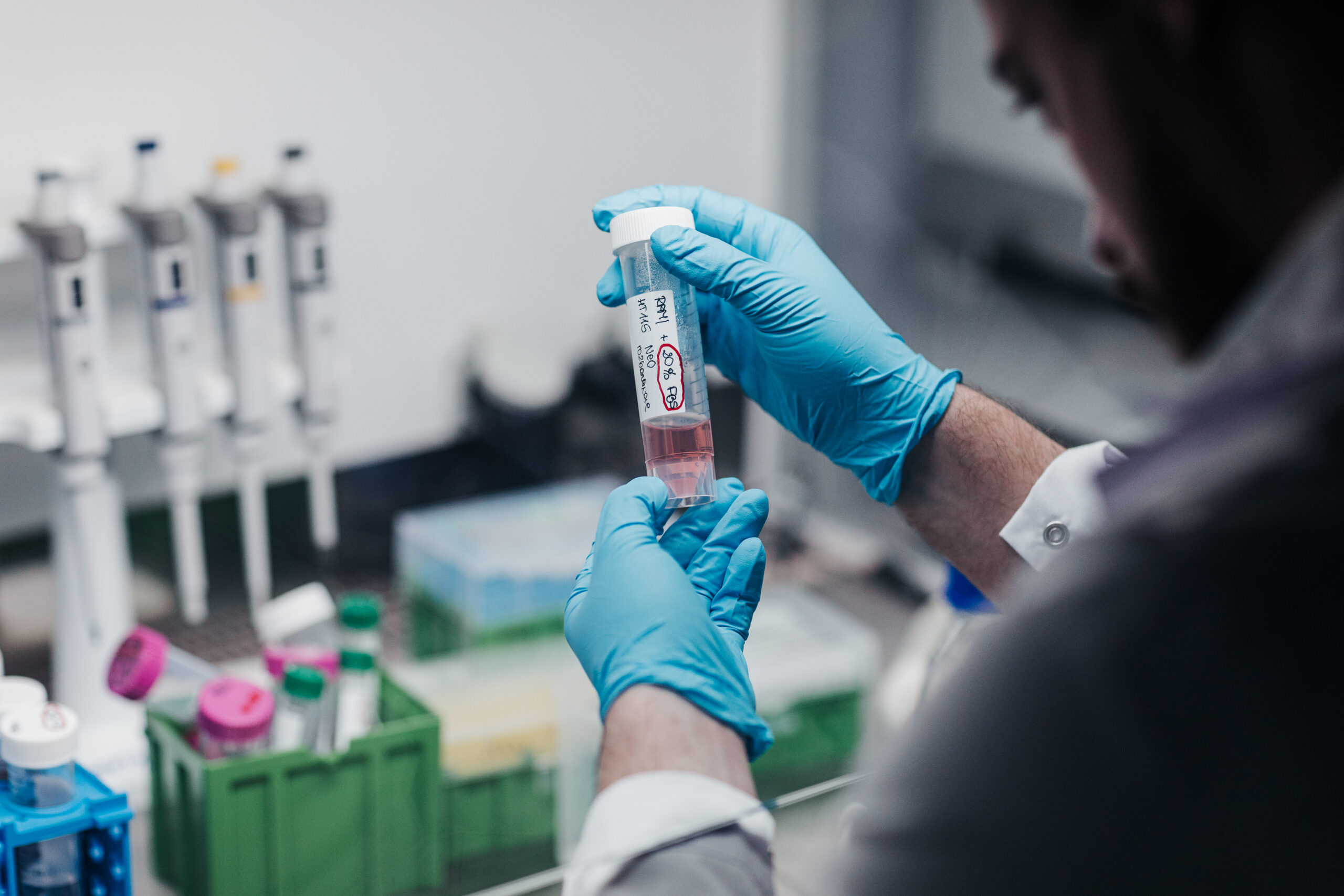STRIDE™ in DNA Damage Analysis

STRIDE™ in DNA Damage Analysis

Challenge & Our Solutions
CHALLENGE
SOLUTION
STRIDE™ DNA Damage Detection Assays
SOLUTION
STRIDE™ DNA Damage Response Functional Assays
Superior DNA Break and Damage Response Detection
Innovation in the analysis of DNA breaks
Our technology distinguishes itself from other methods utilized in DNA damage analysis. STRIDE™ directly labels the sites of DNA breaks and stands as the most proximal marker to date. STRIDE™ is customizable to your specific needs, functioning as a selective marker for double- and single-strand breaks, as well as breaks associated with a particular repair mechanism.
Beyond Immunofluorescence
STRIDE™ helps address problems encountered with immunofluorescence-based techniques commonly employed in DNA damage analysis. Quantifying immunostained DNA damage-associated proteins presents challenges due to poor staining quality and a low signal-to-noise ratio, whereas distinct STRIDE™ foci can be accurately quantified using our in-house built algorithms. Furthermore, STRIDE™ is specific and works independently of complex DNA damage response (DDR) mechanisms, unlike protein markers such as γH2AX and RAD51.

STRIDE™ Application Areas
DNA Damage Response (DDR)

STRIDE™, with its sensitivity and precision, provides a direct measure of DNA breaks, independent of repair processes. With STRIDE™ you can reveal how well a patient’s tumor responded to or might respond to treatment targeting specific DDR pathways.
Our assays can give you the direct measurement of single-strand DNA breaks and double-strand DNA breaks, and the activity of involved repair pathways.
EXPLORE OUR CASE STUDIES
Studying the MoA of a DDR inhibitor in Patient-Derived Xenograft (PDX) models using STRIDE
Development and validation of a customized, functional STRIDE-based assay to measure Mismatch Repair (MMR) pathway activity in cells
Radiotherapeutics

Radiopharmaceuticals are a powerful tool in oncology, targeting cancer cells like missiles, directly damaging DNA and creating various lesions including DNA strand breaks. The extent of DNA damage, together with compromised repair systems, determines the success of the therapy. STRIDE™ assays have proven the capacity to reveal the mechanism of action and assess the efficiency of radiopharmaceutical candidates.
EXPLORE OUR CASE STUDIES
Studying the effects of alpha and beta-emitters alone and in combination with a DDR inhibitor in a human cell line model
Immuno-Oncology

High levels of DNA damage in cancer cells can result in increased visibility for the immune system, making these cells prime targets for immunotherapy.
STRIDE™ provides direct measurement of DNA lesions and fragmentation, making it an essential tool in predicting which patient might benefit most from these immune-based therapies. Tracking changes in DNA damage levels can give insights not only into the treatment’s effectiveness, but also into the potential side effects.
Neurodegenerative Diseases

A growing body of evidence points to the crucial role of DNA damage in neurodegenerative diseases.
DNA damage appears in neurons before symptom onset, therefore, STRIDE™ can potentially serve as an early diagnostic marker. The precise measurement our assays can provide is a key component in understanding specific triggers and risk factors, and the tool you need to evaluate the effectiveness of your therapeutic approach.
Basic Oncology Research

While limited DNA damage can fuel uncontrolled cell growth and tumor progression, on an extensive scale it can hold the key to effective therapeutic approaches.
STRIDE™ is a powerful tool for the precise detection of single-strand and double-strand DNA breaks, giving you the possibility to elevate your research and deepen our understanding of the most fundamental aspect of cancer, DNA integrity. By unlocking this information, we can develop better prevention, diagnosis, and treatment strategies.
gene editing
assessment
research
research
research
